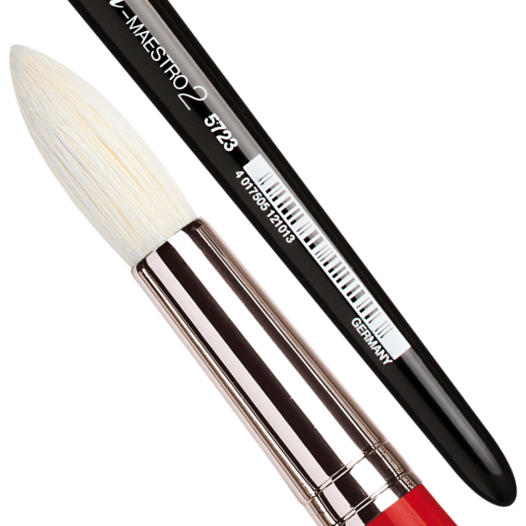- Sale!
- You save 15%




Was £4.70
Now
£4.00
You save 15%
4017505120900
- Bristle: Hog
- Shape: Round
- Sizes: 9
- sold individually
- Artist-Quality brushes
- Available in various sizes
- Robust, traditional Chungking hog bristles
- Long, ergonomically designed wooden handles
- Ideal for heavier applications of oil & acrylic colours
More Information
Available in several sizes & shapes, the Maestro2 range from Da Vinci has hardwearing, natural Chungking hog bristles that are ideal for artists working in heavier applications of oil & acrylic colours.
The versatile Series 5723 features a Round tip ending in a fine point, perfect for fine details, bold strokes & controlled washes.
Their long, lightweight & ergonomically designed wooden handles include seamless ferrules with their robust bristles having been rooted deeply to prevent shedding.
Reviews (4)
Anonymous A.
02/12/2020
Appear good
Anonymous A.
06/04/2018
Average quality
Anonymous A.
15/03/2018
Good range - replacing brushes I've used before
Anonymous A.
09/03/2017
Very pleased with the round brushes





















